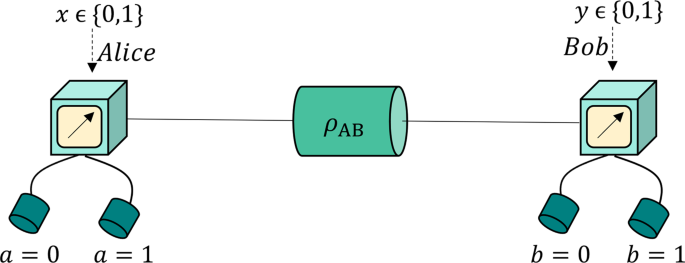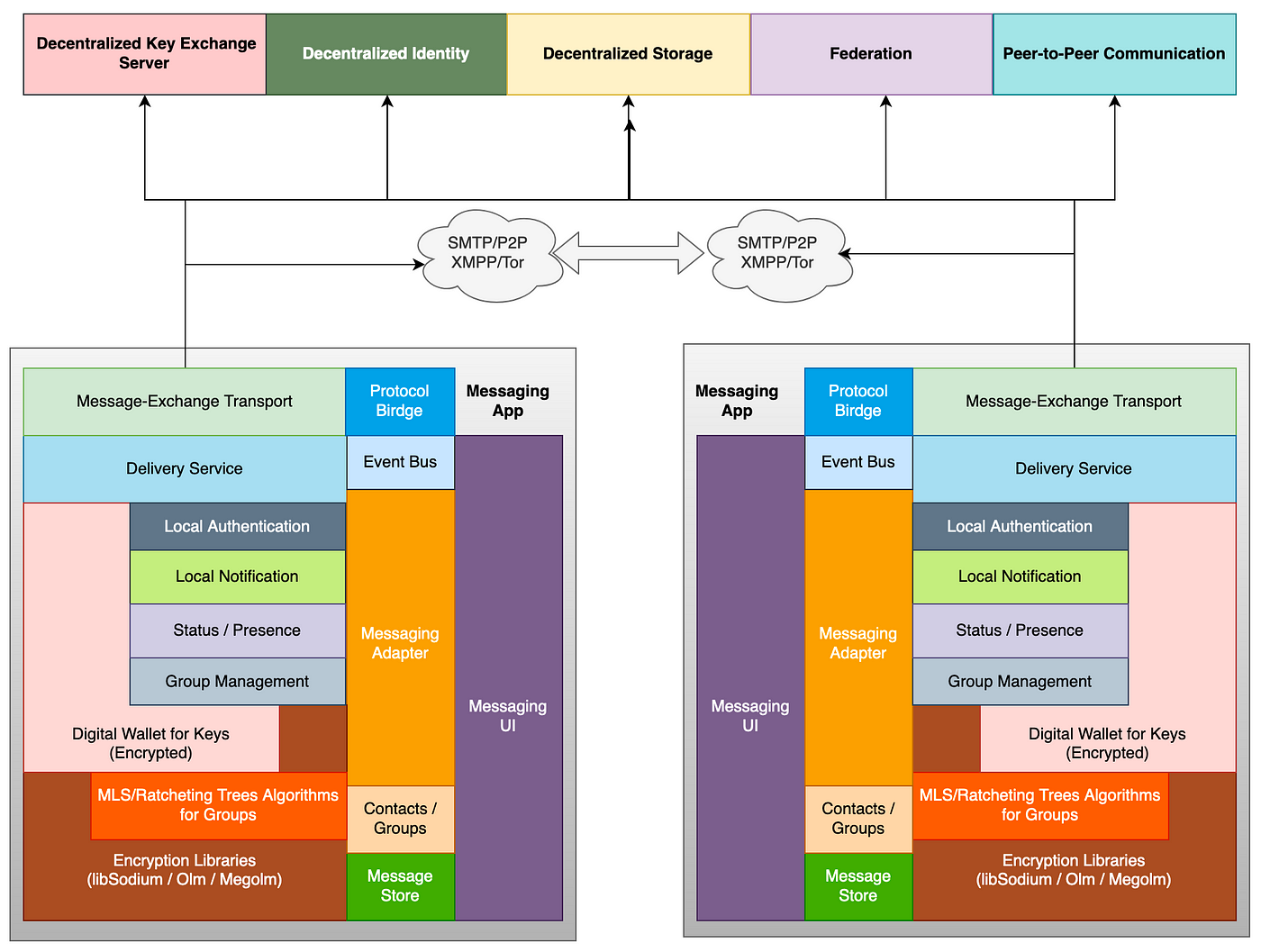Four types of fake key attacks. Each diagram represents Alice
Download scientific diagram | Four types of fake key attacks. Each diagram represents Alice (left), her contacts (right), and an adversary (center). The green lines represent secure connections; the red lines represent compromised connections. Note that in each situation, there may be other pairs of clients communicating securely that are not shown. from publication: Automatic Detection of Fake Key Attacks in Secure Messaging | Popular instant messaging applications such as WhatsApp and Signal provide end-to-end encryption for billions of users. They rely on a centralized, application-specific server to distribute public keys and relay encrypted messages between the users. Therefore, they prevent | Automatism, Security and Server | ResearchGate, the professional network for scientists.

Security Protocols - OMSCS Notes

Meet The First Couple of Cryptography – Alice and Bob

Kent SEAMONS Brigham Young University - Provo Main Campus, Utah

Advances in device-independent quantum key distribution

Building A Decentralized Messaging with End-to-End Encryption using Open Standards, by shahzad bhatti

Building A Decentralized Messaging with End-to-End Encryption using Open Standards, by shahzad bhatti

Mathematics, Free Full-Text

Breaking the Bluetooth Pairing – The Fixed Coordinate Invalid Curve Attack

PDF) Automatic Detection of Fake Key Attacks in Secure Messaging

ADCS Attack Paths in BloodHound — Part 1 - Security Boulevard

Chemical Modifications to RNA: A New Layer of Gene Expression Regulation

Kent SEAMONS Brigham Young University - Provo Main Campus, Utah









